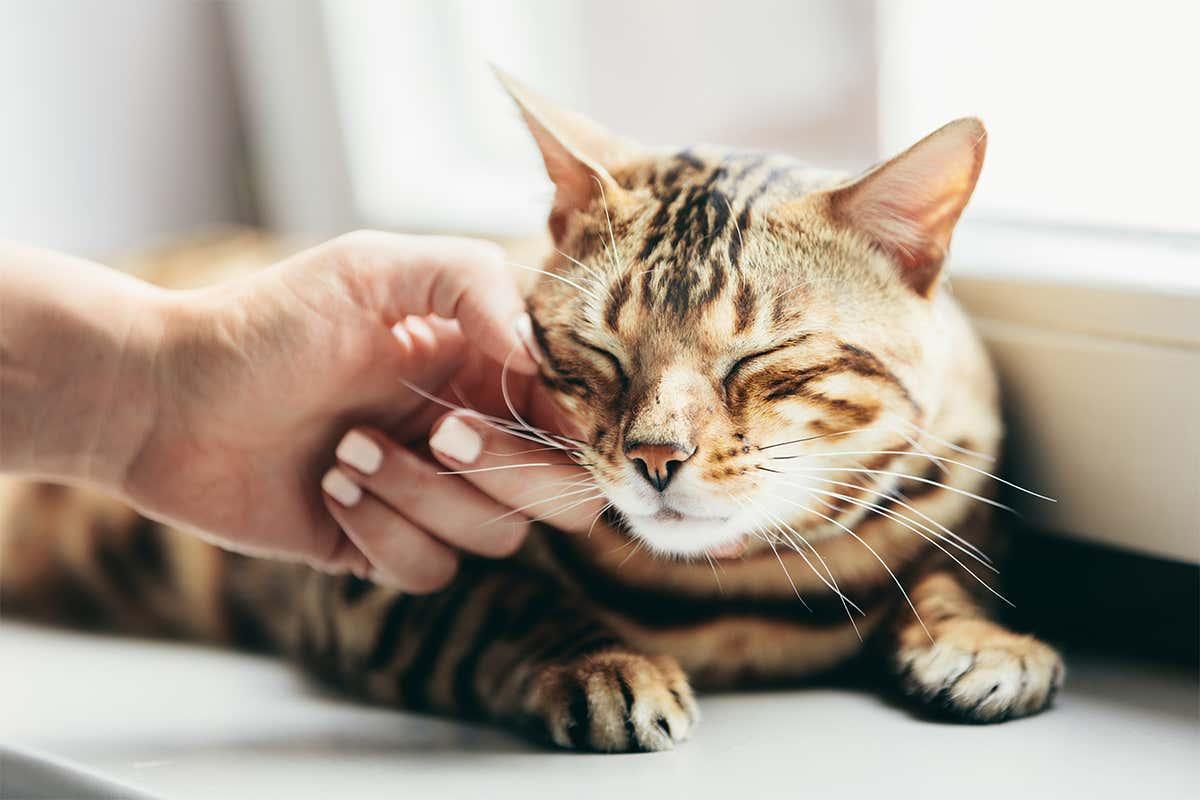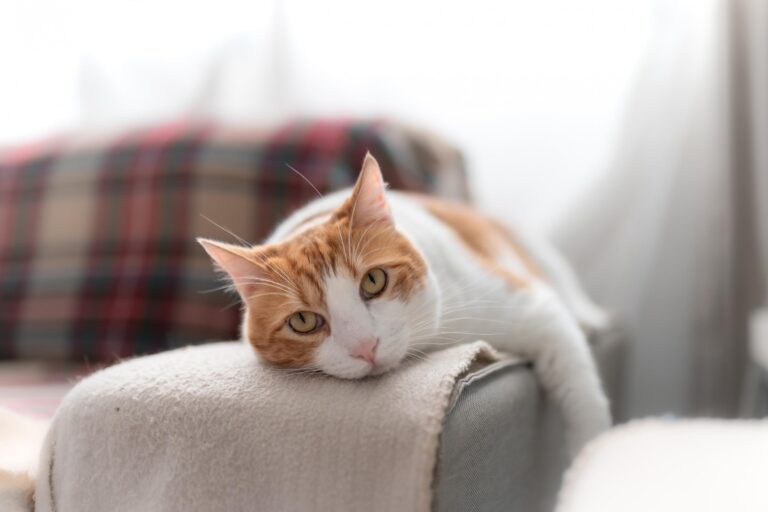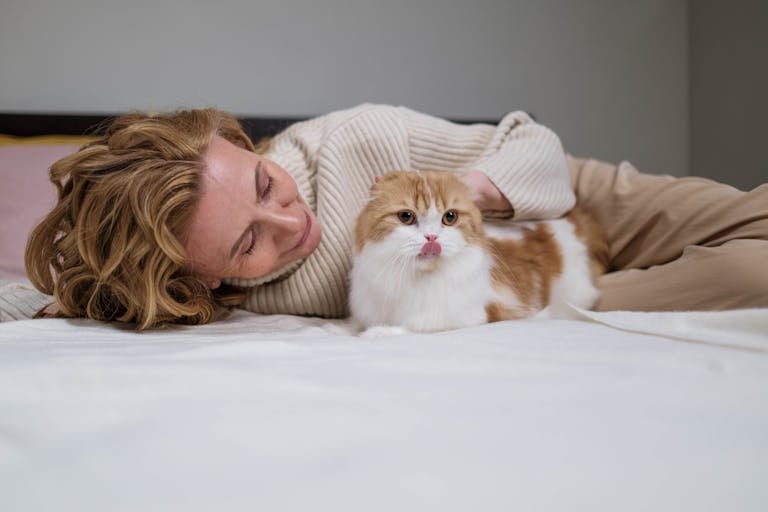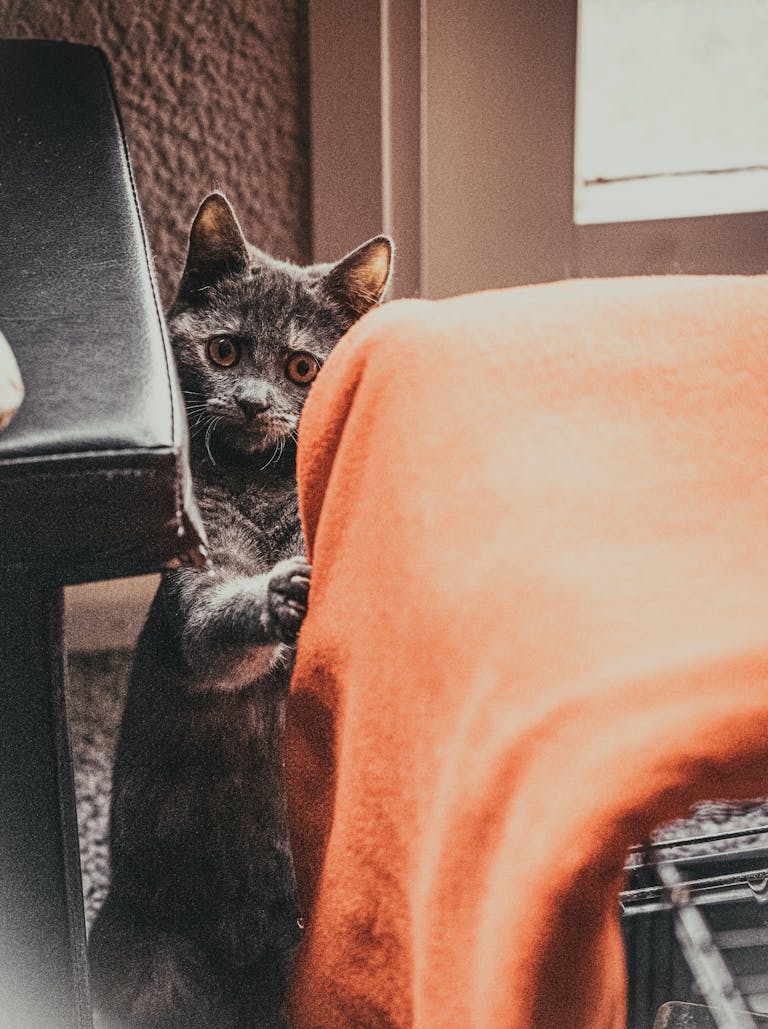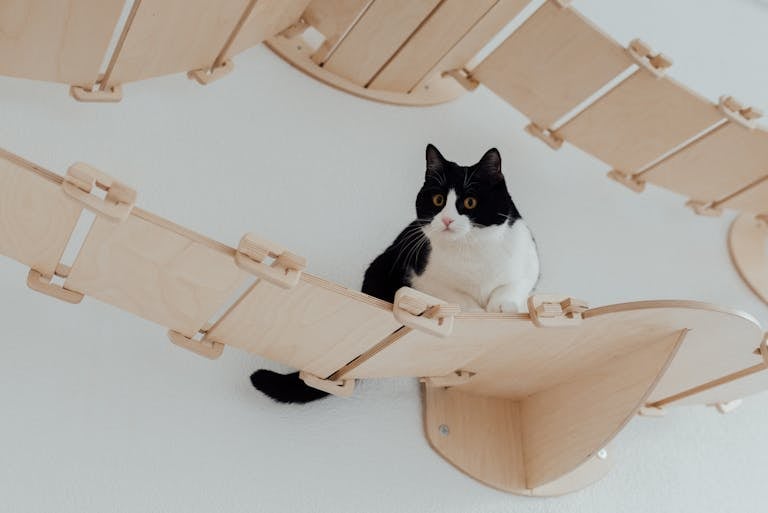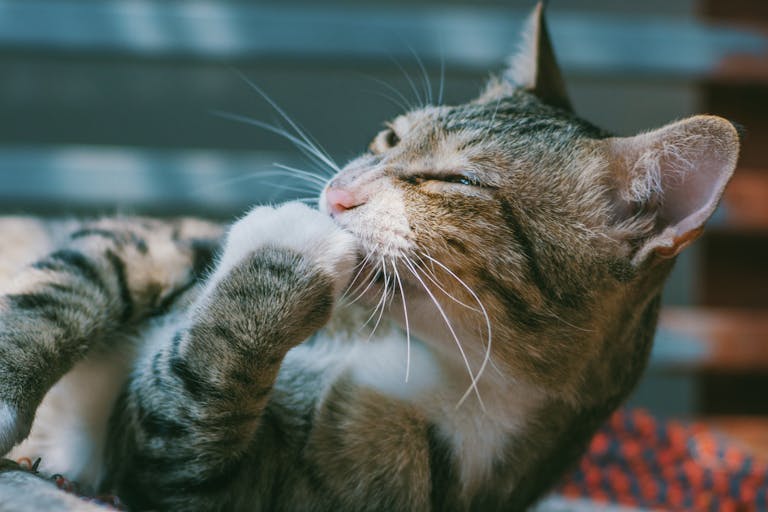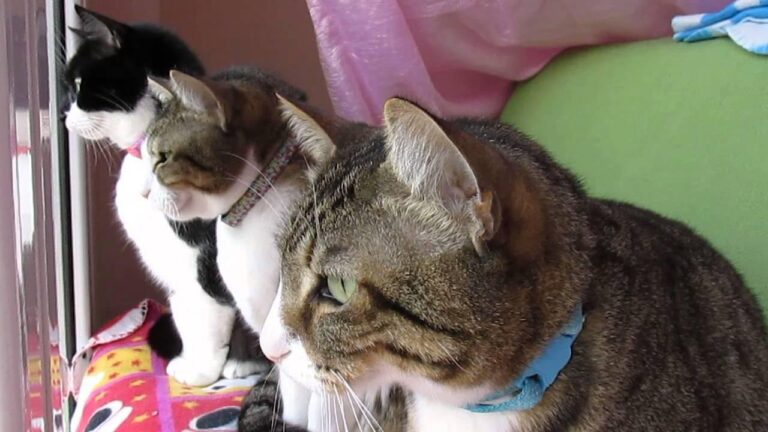The Science of Cat Purring Explained
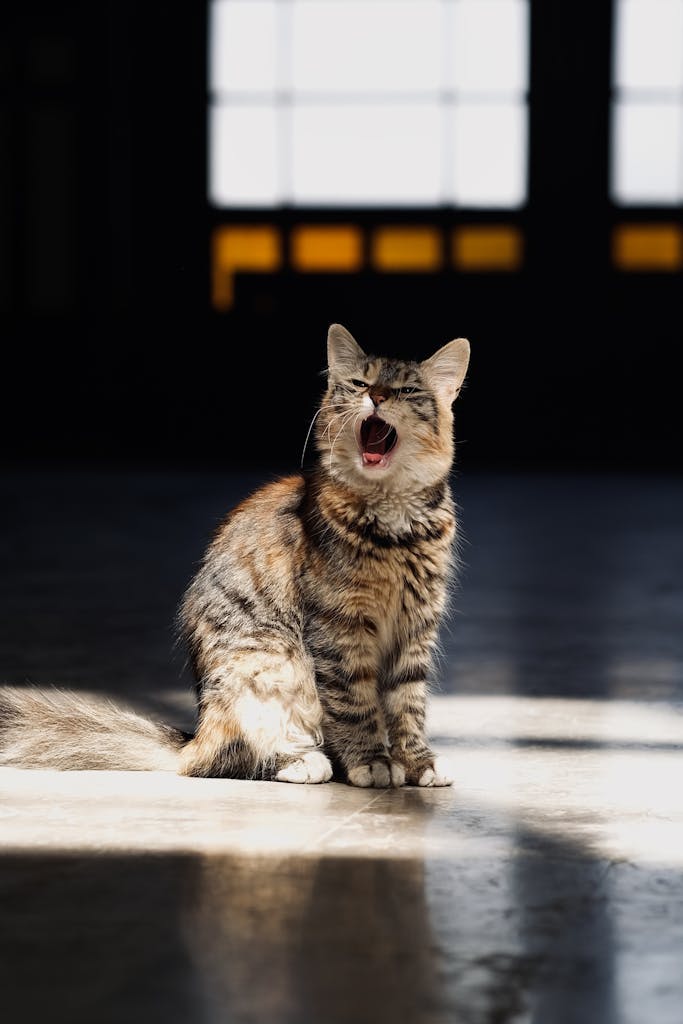
The Science of Cat Purring Explained
If you’ve ever cuddled up with a purring kitty, you know that gentle rumble is pure magic. It’s like a little engine of happiness vibrating right inside your furry friend — and honestly, it’s one of the most soothing sounds on the planet. But have you ever stopped to wonder how cats purr? Or why they do it? Well, as a certified cat lover and curious pet blogger, I’ve dug into the science behind this delightful quiver, and I’m excited to share what I’ve found. Spoiler alert: it’s way cooler (and weirder) than you might think!
The Hidden Mechanism Behind That Soothing Sound
First off, let’s clear up what purring actually is. It’s not just a cute noise; it’s a unique form of vibration produced by cats that occurs during both inhaling and exhaling. Scientists call it “a low-frequency sound.” But how do cats make that soft buzzing noise? It turns out, it involves special muscles and nerves working together in a fascinating way.
A Look Inside the Cat’s Throat
When cats purr, a set of muscles called the laryngeal muscles (you can think of them as vocal cords on superhero mode) twitch at a rapid rate — about 25 to 150 times per second! This rapid muscle movement causes a sudden separation of the vocal cords during both inhalation and exhalation. The airflow passing through the glottis (that’s the space between your cat’s vocal cords) is then interrupted, producing the characteristic purr sound.
Here’s the kicker: this twitching is involuntary, kind of like when your eye twitches or your knee jerks. So cats aren’t consciously controlling each purr — it’s more of a built-in reflex that’s been honed by evolution.
Not Just a “Happy Noise”
Most people think cats only purr when they’re content, and while that’s partly true, it’s only the tip of the iceberg. Cats also use purring to communicate a variety of emotions and needs — from comfort and self-soothing to pain and even as a healing tool.
-
- Contentment: Your cat purring in your lap? Classic sign they feel safe and happy.
-
- Stress relief: Cats might purr when they’re nervous or uneasy, like at the vet or during a thunderstorm.
-
- Healing power: Research has shown that the vibrations from purring can promote tissue regeneration and reduce swelling — sort of like a built-in therapy session.
“Purring is a versatile vocalization used by cats to communicate and soothe themselves in different situations.”
How Purring Benefits Cats (And Maybe Even You)
Besides sounding adorable, purring is believed to have some surprising health perks for cats themselves. That continuous low-frequency vibration isn’t just noise; it may play a role in:
-
- Bone healing: Some studies suggest that purring frequencies encourage bone density improvement and quicker recovery from fractures.
-
- Pain management: Cats often purr while injured or ill, and the vibrations might help reduce discomfort.
-
- Stress reduction: The rhythmic nature of purring likely helps calm a cat’s nervous system, much like meditation does for humans.
And here’s the cherry on top: some scientists speculate that cat owners absorb some of these calming vibes too! That cozy purr might be lowering your stress levels just as much as your kitty’s. So next time your furball jumps in your lap and starts purring, know you’re getting a double dose of health benefits.
How to Encourage Your Cat to Purr (Step-by-Step)
It’s one thing to understand the science, but what if you want to hear more of that lovely purr music at home? Here are some simple tips to create a purring-friendly atmosphere:
1. Create a Safe Space
Cats purr when they feel secure, so start by making a quiet, comfy spot where your kitty can relax without interruptions. Soft blankets, cozy beds, and a little privacy go a long way.
2. Gentle Stroking and Petting
Most cats love careful head rubs, chin scratches, or gentle ear massages. Watch their body language—if they lean in and their eyes soften, you’re on the right track!
3. Use Your Voice
Softly talking to your cat or humming can sometimes help them feel calm and encourage purring. It’s all about positive vibes here.
4. Respect Their Mood
Not all cats purr on command, and that’s okay. If your kitty decides to hop away, give them space and try again later.
Purr-fectly Avoiding These Common Blunders
When it comes to coaxing your cat’s purr or just caring for their happiness, some mistakes can unintentionally make them anxious rather than cozy. Here’s what to watch out for:
Overstimulation Is Real
It’s easy to get carried away with petting, but some cats have a limit. Too much rubbing can flip their mood from relaxed to irritated. Look out for twitching tails or flattened ears—they’re signs to back off.
Ignoring Body Language
Cats communicate a lot through subtle cues. Not paying attention could mean missing when your kitty needs a break or wants affection.
Forcing Interaction
Trying to get a purr from a stressed or scared cat won’t work and may damage trust. Let your cat decide when they want to engage.
Awesome Tools to Help You Tune Into Your Cat’s Purr
Want to deepen your connection and really enjoy those purrs? Here’s a product that many cat lovers rave about:
-
- The Cozy Cat Purr Mat: This soft, vibrating mat is designed to mimic the soothing vibrations of a cat’s purr, helping nervous or older cats relax and encouraging purring during playtime. Plus, it’s a cozy spot your kitty will love curling up on!
A Few Frequently Asked Questions (Because Cat Curiosity Is Endless!)
Q: Can all cats purr, or just some breeds?
Almost all domestic cats purr, regardless of breed. Even big cats like cheetahs can purr, though lions and tigers typically only roar. So if you’ve got a house kitty, chances are they’re fully equipped for their soothing rumble.
Q: Do cats purr when they’re in pain?
Yes! While purring is often linked to happiness, cats also purr to comfort themselves when they’re hurt or stressed. It’s their natural way to cope with discomfort and possibly even help heal their bodies.
Q: Is it possible for humans to imitate purring to bond with cats?
Interesting question! Some cat owners find that making soft, purring-like sounds during petting sessions can attract their cat’s attention and strengthen bonding. While it won’t replace the real thing, it’s a fun way to connect.
Wrapping It Up With a Warm, Fuzzy Feeling
Purring is such a uniquely wonderful part of cat behavior — it’s a built-in soundtrack to the special moments you share with your feline friend. Underneath that sweet rumble lies a complex, fascinating mechanism and a whole lot of meaning, from health benefits and emotional communication to a little bit of magic we can all feel good about. So next time you’re lucky enough to get a purr-filled cuddle session, savor it — knowing it’s nature’s way of saying, “I trust you, I feel safe, and I’m grateful for this moment.”
And if you want to encourage more of those purrs (and the calming vibes that come with them), just remember the simple things: respect your cat’s mood, create a peaceful environment, and don’t forget to give plenty of love.
Happy purring, fellow cat lovers!

